Pressure vessel tanks are indispensable in ensuring the safe storage and transport of liquefied gases, which are commonly used in industries such as petrochemicals, pharmaceuticals, and energy. These gases, like liquefied petroleum gas (LPG), natural gas, or ammonia, are stored under high pressure and sometimes at extremely low temperatures. A failure in storage or handling can lead to catastrophic results, so these vessels are meticulously designed to manage these risks and provide safe, long-term containment. But how exactly do pressure vessel tanks ensure the safe storage of such volatile substances?
The design of pressure vessel tanks is critical in guaranteeing safety. These tanks are specially built to handle the internal pressure exerted by liquefied gases, which are often stored at pressures several times higher than atmospheric pressure. For instance, LPG is stored in liquid form at a pressure of approximately 8 to 10 atmospheres. To withstand such pressure, pressure vessels are constructed with strong, durable materials that can resist tensile stresses without fracturing. The most commonly used materials for these tanks include high-tensile steels such as carbon steel, stainless steel, or specialized alloys that offer enhanced strength and corrosion resistance. The wall thickness and overall structural integrity of the tank are carefully calculated based on the expected pressure to ensure they will not fail under normal or even extreme operating conditions.
In addition to material strength, pressure vessel tanks are equipped with several safety mechanisms designed to prevent dangerous situations from escalating. One of the most vital features is the pressure relief valve (PRV), which acts as a safeguard against over-pressurization. If the pressure inside the tank exceeds a safe limit, the valve will automatically open to release excess gas, reducing the pressure and preventing the tank from rupturing. This is especially important when there are fluctuations in temperature or when external factors, such as a fire, cause the internal pressure to rise. The PRV ensures that even in unforeseen circumstances, the risk of a catastrophic failure is minimized.
Pressure vessels also incorporate sensors to continuously monitor internal conditions. These sensors measure parameters such as pressure, temperature, and gas composition. The real-time data allows operators to track the state of the tank and detect any deviations from the normal operating range. For example, if the temperature rises too high, it could cause the liquefied gas to expand, which in turn increases pressure. The sensors can alert operators to these changes before they escalate into serious issues, allowing for timely intervention. Many tanks are equipped with emergency shut-off systems that automatically close valves or initiate containment procedures in the event of a malfunction or leak.
Another critical factor in ensuring the safety of pressure vessel tanks is the compatibility of the materials with the stored liquefied gases. Different gases react differently with materials, and improper compatibility can lead to corrosion or weakening of the tank structure. For example, ammonia can be highly corrosive to certain metals, so tanks storing ammonia are often made of specialized alloys or are coated with protective layers to prevent degradation. In some cases, tanks are lined with corrosion-resistant materials or coated with paint or polymers that offer additional protection, ensuring the long-term durability of the vessel. The use of such materials minimizes the risk of leaks or ruptures caused by corrosion, which could be particularly dangerous in pressurized storage.
To ensure the continued safety of pressure vessels throughout their operational life, regular inspections and maintenance are required. These tanks are subject to rigorous standards and regulations set by industry bodies such as the American Society of Mechanical Engineers (ASME) and the National Fire Protection Association (NFPA). Inspections are performed at regular intervals and involve checks for structural integrity, pressure testing, and monitoring for any signs of wear or corrosion. Non-destructive testing methods, such as ultrasonic testing or magnetic particle inspection, are often used to identify potential issues without compromising the tank's integrity.
In addition to regular inspections, pressure vessel tanks are typically equipped with advanced leak detection systems. These systems monitor the vessel for even the smallest leaks, which can be crucial when storing volatile gases. Early detection of leaks allows for immediate repairs or adjustments, preventing the risk of a larger leak or rupture that could lead to hazardous conditions. These systems are often coupled with ventilation mechanisms that direct any escaping gases away from populated areas, reducing the risk of toxic exposure or fire hazards.


 English
English русский
русский عربى
عربى

.jpg)
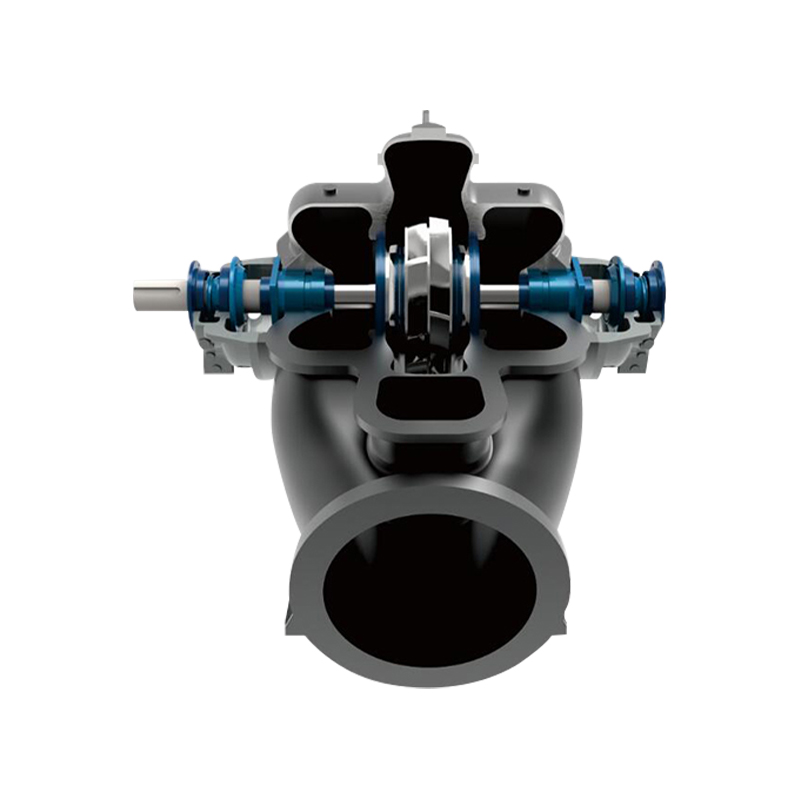
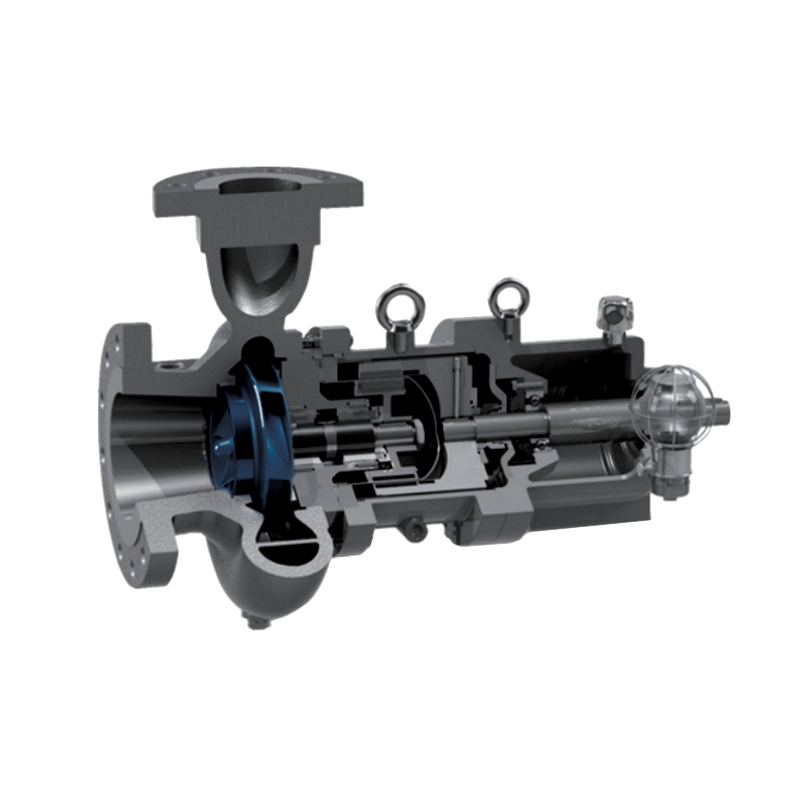
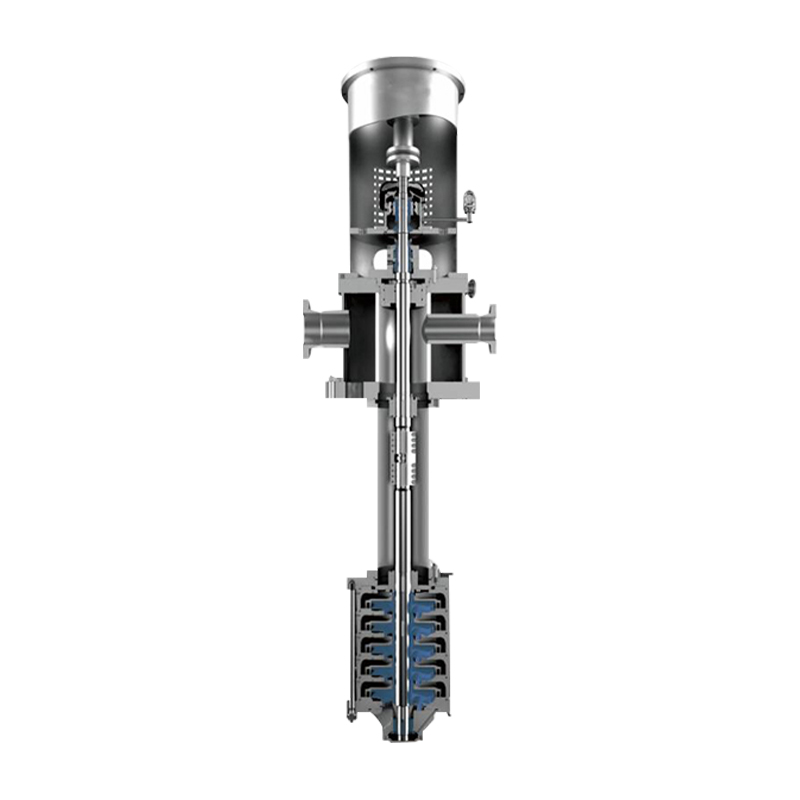
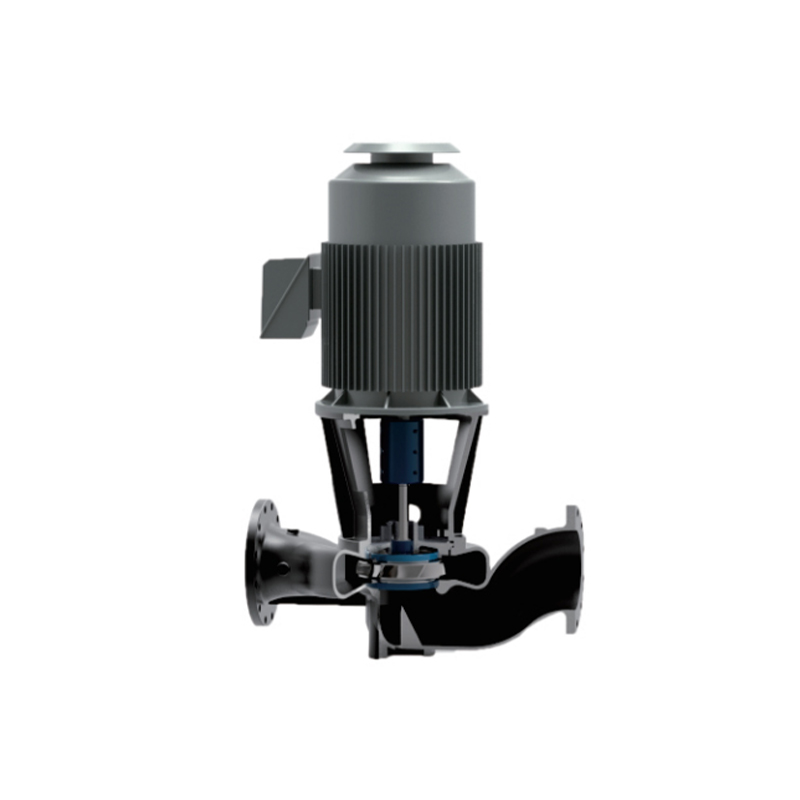
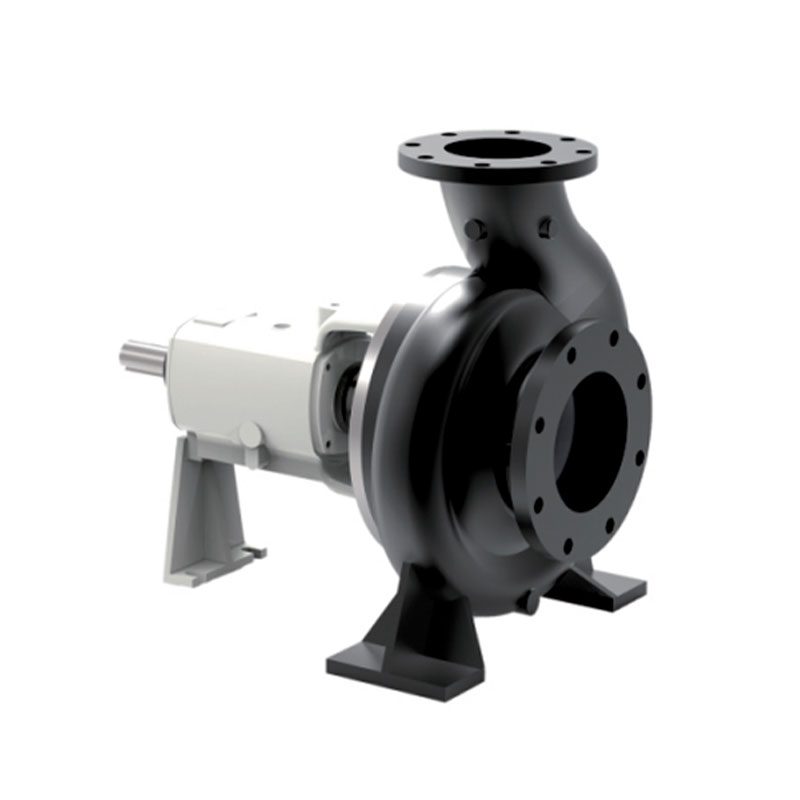
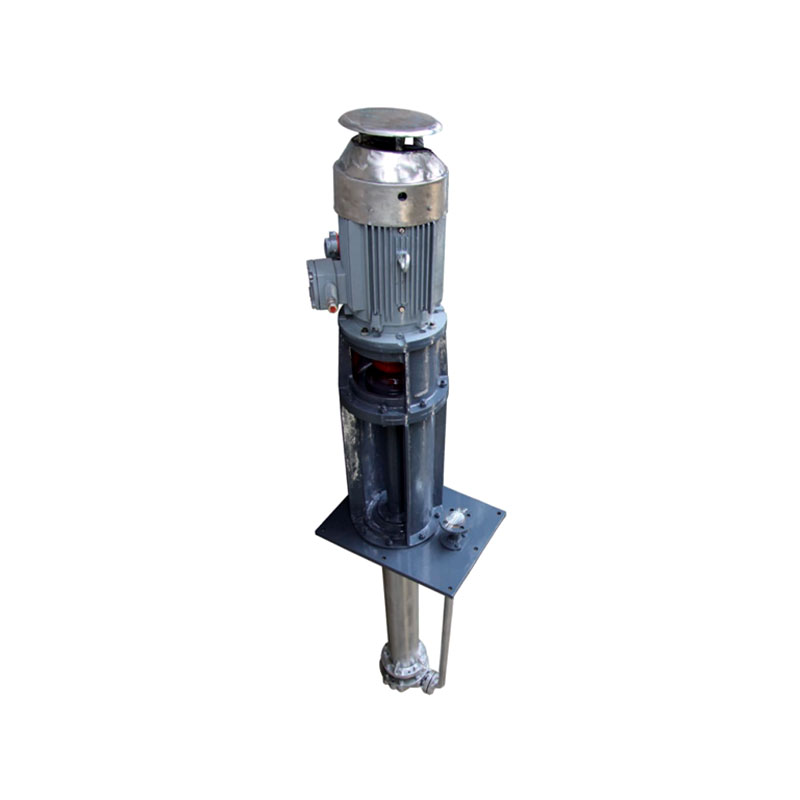
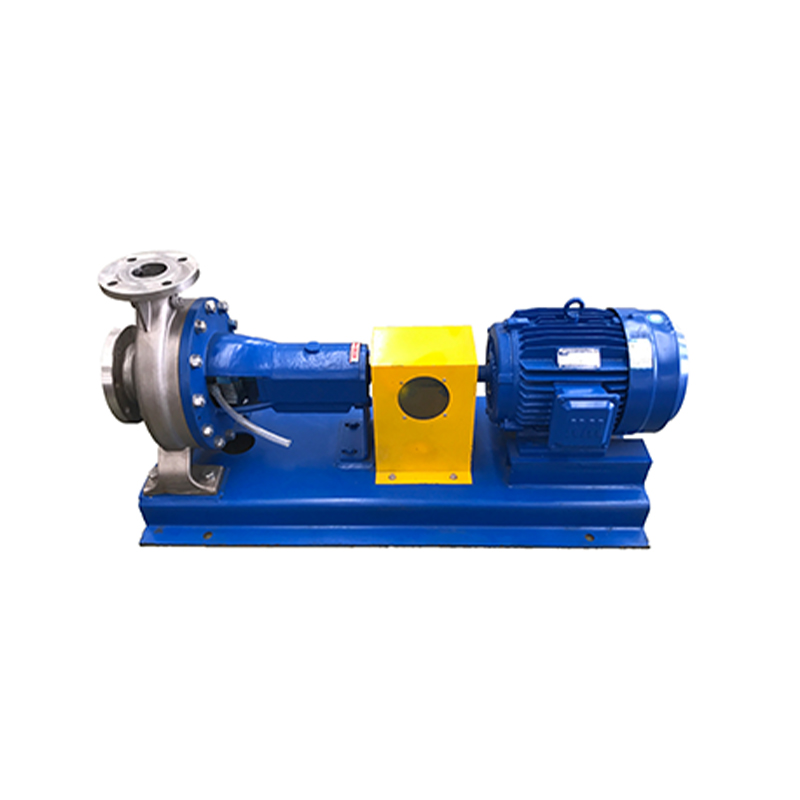

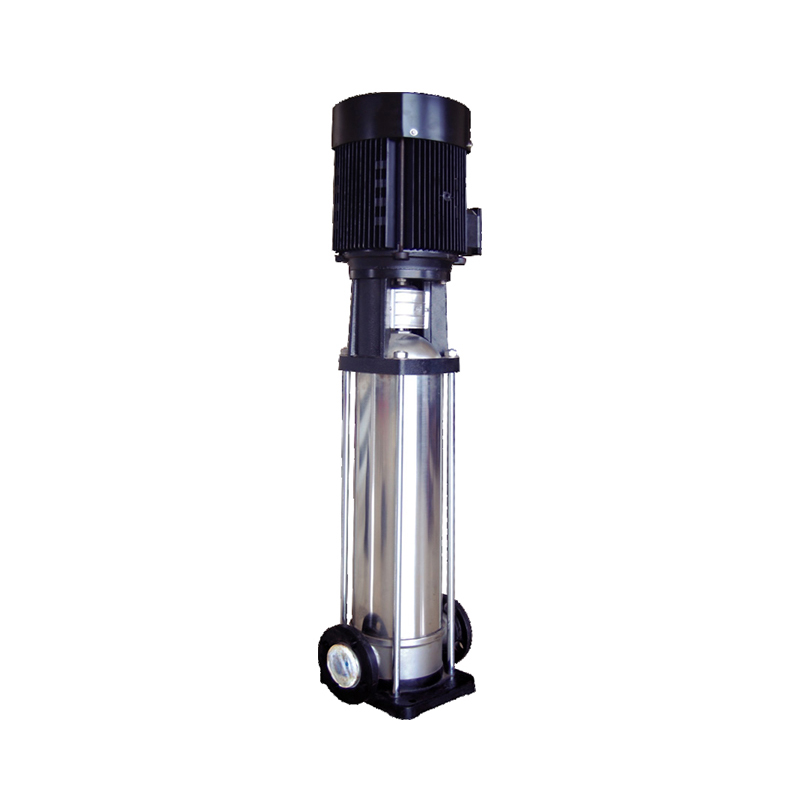






 ENG
ENG

 TOP
TOP